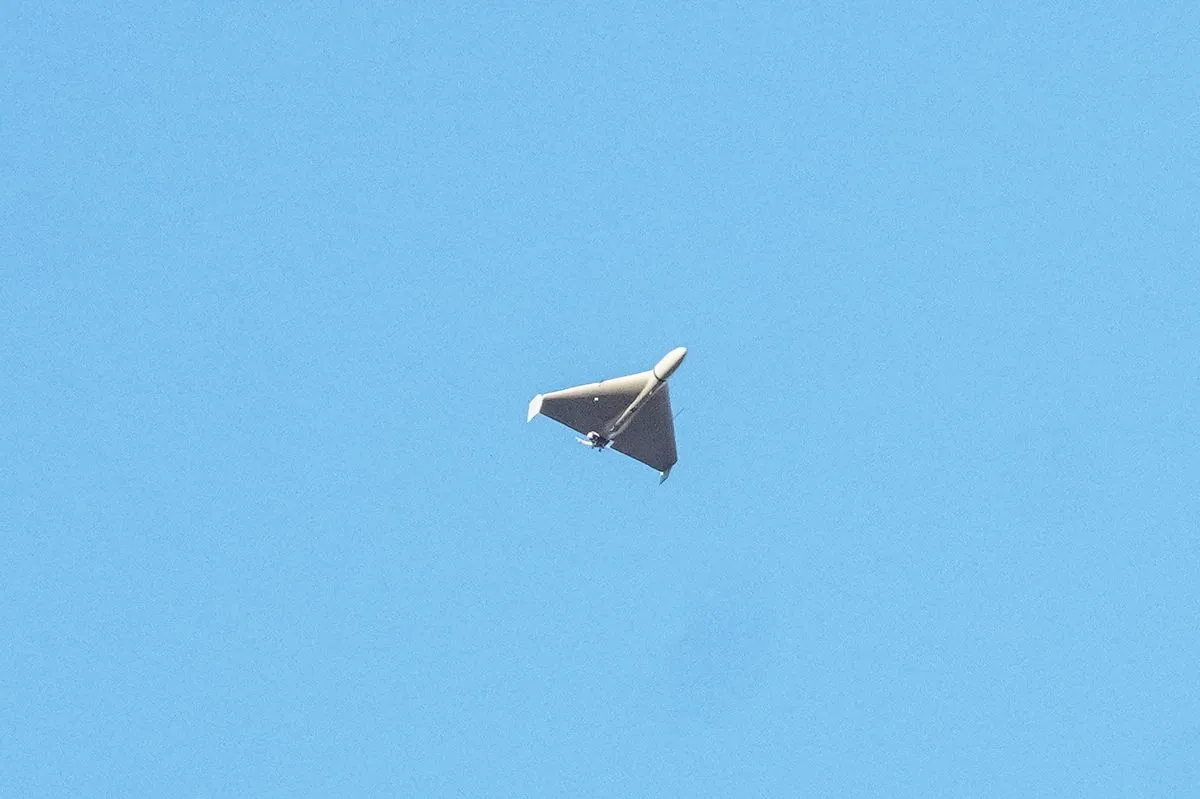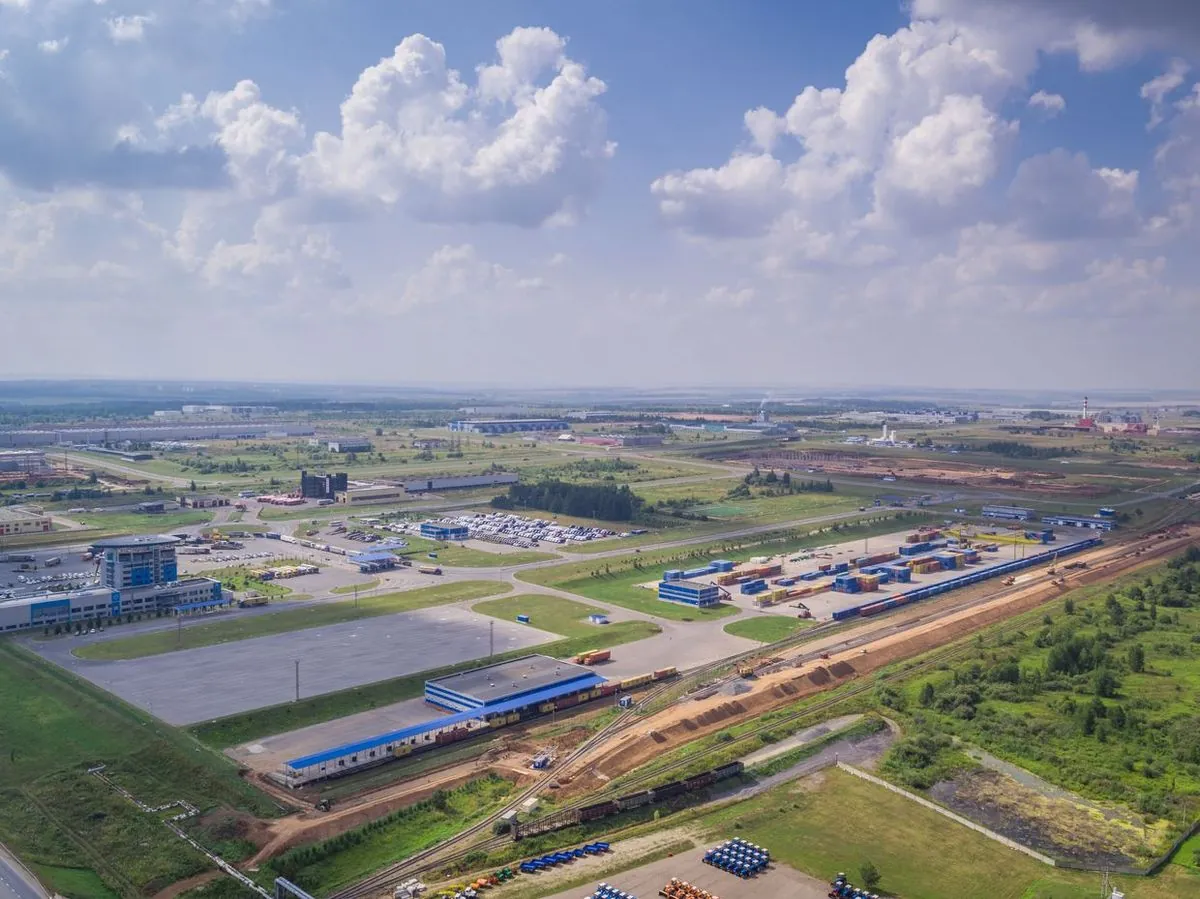Ukraine Reports 8,060 Iranian Drones Used by Russia in Ongoing Conflict
Ukraine's foreign ministry reveals Russia's extensive use of Iranian-made Shahed drones in the ongoing conflict. U.S. warns of potential ballistic missile transfers, escalating tensions in the region.

Ukraine's foreign ministry has reported that Russia has deployed 8,060 Iranian-developed Shahed drones against Ukraine since the full-scale invasion began on February 24, 2022. This information, shared on the social media platform X, underscores the significant impact of the Russia-Iran partnership on the ongoing conflict.
Kyiv first identified the use of Shahed kamikaze drones by Russian forces in autumn 2022. These unmanned aerial vehicles (UAVs) have since become a regular component of Russia's long-range attack strategy. Kamikaze drones, a type of loitering munition, are designed to crash into their targets, causing destruction upon impact.
The Wall Street Journal, a prominent American business-focused daily newspaper, reported in May 2024 that Moscow was actively producing Shahed-type drones using Iranian technology at a facility in the Republic of Tatarstan. This development suggests an expansion of Russia's drone capabilities beyond reliance on direct imports from Iran.

On September 13, 2024, Ukraine marked two years since its forces successfully downed the first Iranian drone launched by Russia in the conflict. This milestone highlights the ongoing challenges faced by Ukrainian air defenses in countering these threats.
The collaboration between Moscow and Tehran has drawn increased scrutiny from the international community. On September 10, 2024, U.S. Secretary of State Antony Blinken stated that Russia had received ballistic missiles from Iran and would likely use them within weeks. Ballistic missiles, which follow a ballistic trajectory, can potentially carry conventional or nuclear warheads, making them a significant concern for Ukraine and its allies.
Both Iran and Russia have denied these allegations. The Kremlin, the official residence of the Russian President and a metonym for the Russian government, dismissed reports of receiving ballistic missiles as baseless. Iran, which has been under international sanctions due to its nuclear program and support for militant groups, has also refuted the claims.
Western allies, typically referring to NATO member countries and other U.S.-aligned nations, have warned that the supply of ballistic missiles would mark a serious escalation in the conflict. In response to these developments, Kyiv has indicated it may consider severing diplomatic ties with Tehran if Iranian-supplied missiles are used by Russia to strike Ukrainian targets.
The use of drones in warfare has increased significantly in recent years, and the ongoing conflict in Ukraine has further highlighted their strategic importance. As the situation continues to evolve, the international community remains focused on the potential transfer of more advanced weapons systems between Iran and Russia, which could have far-reaching implications for the region and beyond.
"The partnership between Russia and Iran has resulted in lost homes and lost lives."
As the conflict approaches its third year, the role of international support and the impact of weapons transfers continue to shape the dynamics of the war in Ukraine. The use of Iranian-made drones and the potential introduction of ballistic missiles underscore the complex geopolitical landscape surrounding the ongoing hostilities.


































